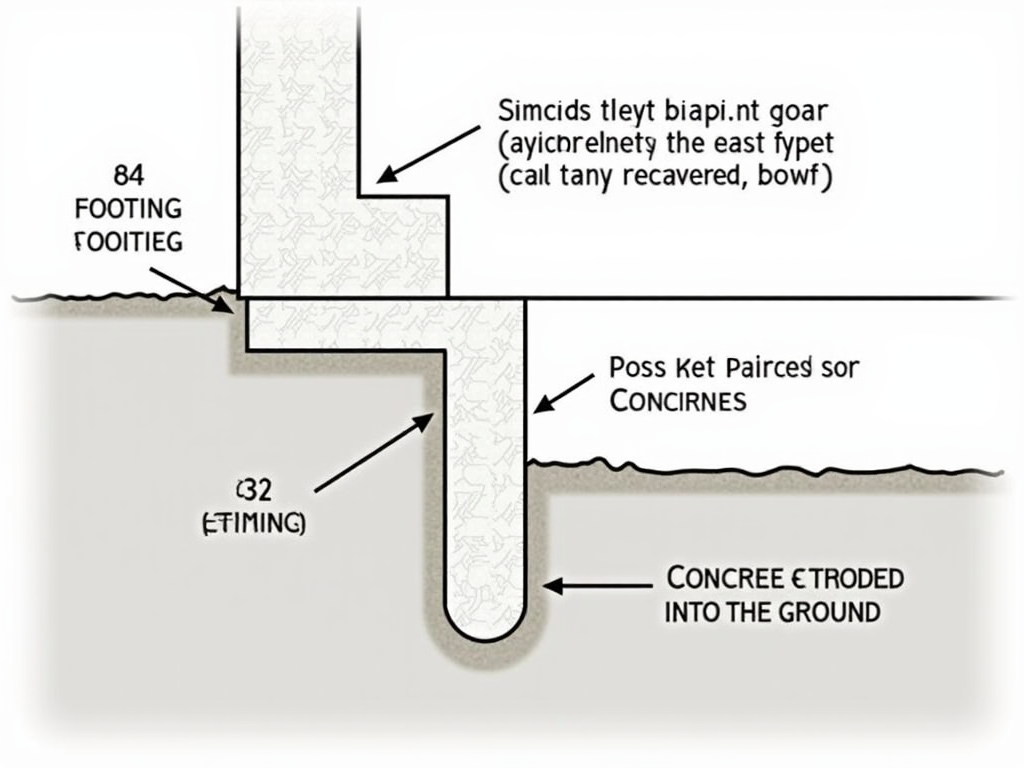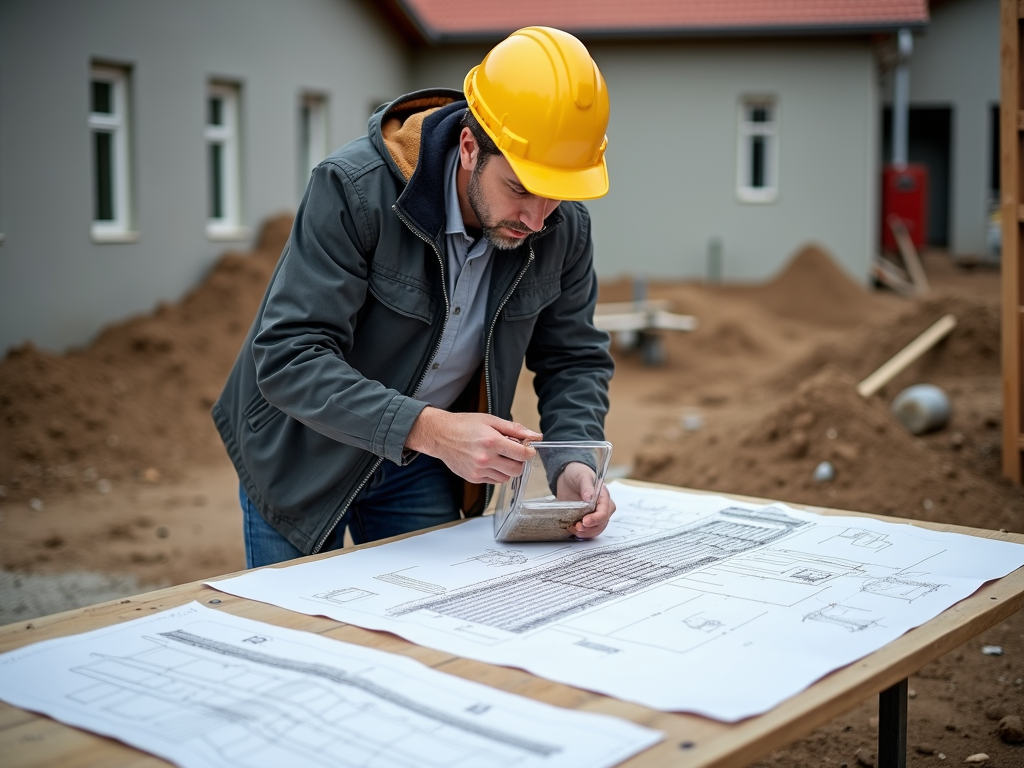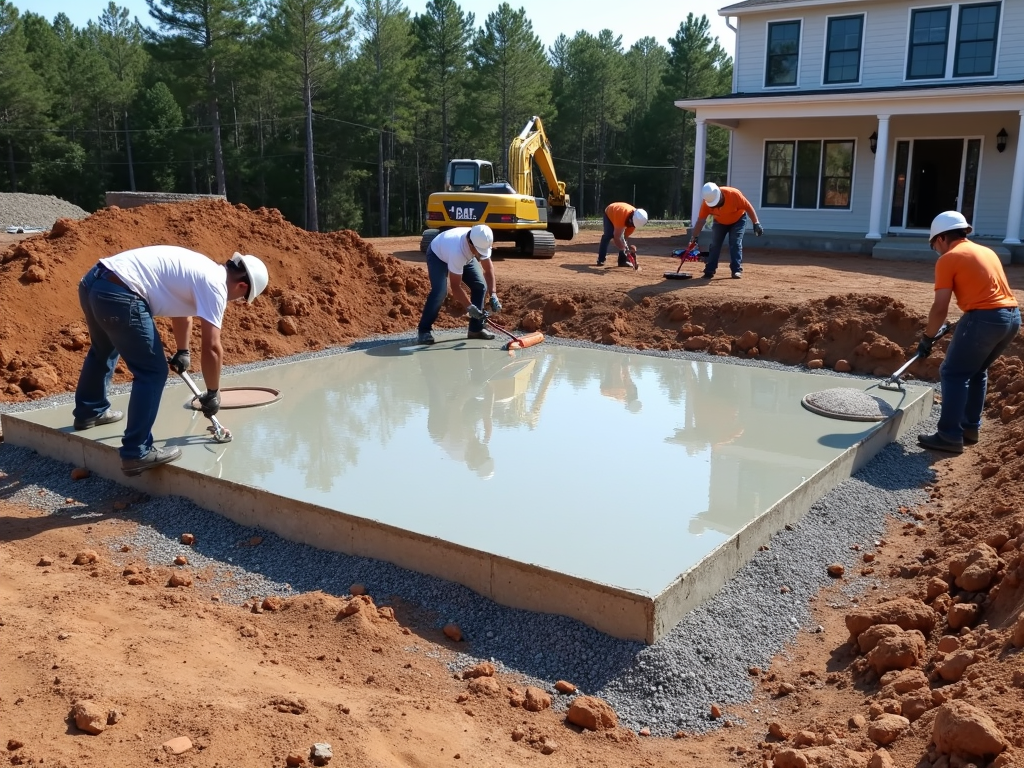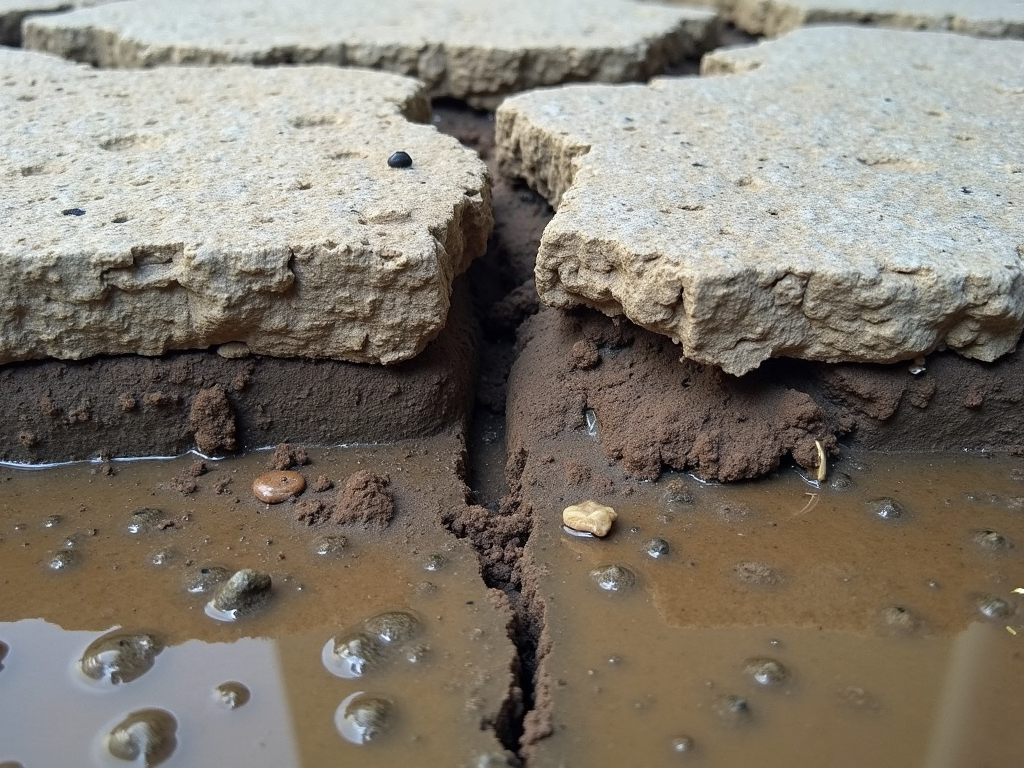Professional Advice on Footing Designs: Ensuring a Solid Foundation
Footing designs are crucial for any building’s stability. This article provides professional insights into choosing the right footing, understanding structural requirements, and calculating the perfect size for your foundation.

Footing designs are the plans for the base of a building’s foundation. They spread the structure’s weight evenly across the ground. This stops the building from sinking or shifting as years pass. Good footing designs keep your home or office safe and strong.
I’ve seen projects where poor footing choices led to cracked walls within months. It’s not just about concrete and steel—it’s about planning ahead. That’s why professional advice on footing designs matters so much.
Let’s talk about the main types of footing designs you’ll encounter:
- Spread Footings: Wide and shallow, these spread the load over a big area. They’re great for homes on solid soil.
- Strip Footings: Long and narrow, these support walls and are common in older buildings.
- Slab Foundations: A single concrete slab acts as both foundation and floor.
- Pile Footings: These go deep into the ground for weak or unstable soil.
Here’s a quick look at how these footings compare:
| Type of Footing | Description | Best For |
|---|---|---|
| Spread Footing | Wide, shallow footing | Homes with strong soil |
| Strip Footing | Long, narrow footing | Supporting walls |
| Slab Foundation | Single concrete slab | Stable soil, modern homes |
| Pile Footing | Deep footing into the ground | Weak or shifting soil |

The structural requirements for foundation footings depend on a few key things. The building’s size and weight matter. So does the soil underneath—whether it’s sand, clay, or rock. Local building rules also set standards you can’t ignore.
Footings need to hold up the building without sinking too much. This means figuring out how much weight the soil can handle. Get this wrong, and your foundation could fail over time.
I always tell people to bring in a structural engineer early. They test the soil and crunch the numbers. It’s an investment that saves headaches later.

Slab foundations are a top choice these days, especially where it doesn’t freeze. You pour one big slab of concrete that becomes both the base and the floor. It’s fast and saves money compared to digging deep footings.
But slab foundations aren’t perfect for every spot. You need flat, stable ground. Drainage has to be spot-on, or water can pool underneath. I’ve seen slabs crack because someone skipped this step.
Planning for pipes and wiring is another must. Once the slab’s poured, changes are tough. A good contractor maps this out before the concrete truck arrives.

Footing calculation sounds tricky, but it’s just about matching the load to the soil. You figure out how much weight the building puts down—think walls, roof, and people inside.
Then you check the soil’s strength. How much weight can it hold per square foot? Divide the total load by that number, and you’ve got your footing size.
Here’s a simple example: A house weighs 100,000 pounds. The soil holds 2,000 pounds per square foot. So, you need 50 square feet of footing. Easy, right?
Real calculations get more detailed. The footing’s shape and depth change things. Engineers also add a safety buffer to be sure.
Here’s how to do a footing calculation step-by-step:
- Add up the building’s weight (structure plus contents).
- Test the soil to find its strength.
- Pick a footing type that fits the site.
- Divide the weight by the soil strength.
- Tweak the size for safety and local rules.

People mess up footing designs more often than you’d think. One big mistake is guessing the building’s weight. Too light, and the footing’s too small—cracks show up fast.
Ignoring the soil is another trap. I’ve seen projects where they assumed sandy soil was as strong as clay. The building tilted within a year.
Water’s a silent killer too. Without good drainage, it weakens the ground under the footing. And skipping local building codes? That’s asking for trouble—both legal and structural.
Here’s how to dodge those problems: Hire pros who know their stuff. Test the soil every time. Plan drainage from day one. And always check the rules where you’re building.

Picture a house on clay soil. Clay swells when wet and shrinks when dry. Regular footings might not hold up. I’d go deeper or use a special design to handle the movement.
Now think of a store built where the water table’s high. Standard footings could flood out. Adding waterproof layers or raising the base keeps it solid.
These aren’t just ideas—I’ve watched crews adjust plans mid-build because the site threw curveballs. That’s why flexibility and good advice matter.

Proper footing designs keep buildings standing tall for decades. Pick the right type—spread, strip, slab, or pile—and size it for the load and soil. That’s the foundation of a safe structure.
I can’t stress this enough: Talk to experts. Engineers and contractors catch things you’d miss. Follow local codes, and you’ll sleep better knowing your building’s secure.






